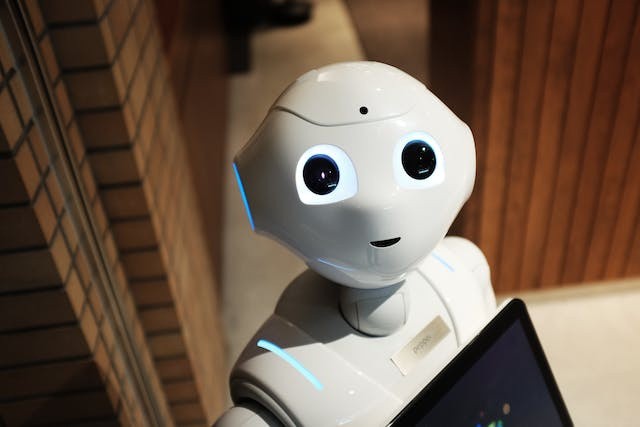
China is making tremendous progress in its space exploration effort. The Asian country has even developed an AI-powered robot that could generate oxygen on Mars.
China's AI-Powered Robot Can Generate Oxygen on Mars
Chinese researchers used a robot powered by artificial intelligence (AI) to explore Mars. The machine has a robotic arm and examined five Martian meteorites.
It also discovered substances that might catalyze the dissolution of water molecules into hydrogen and oxygen. The AI-powered robot chemist dissolved and sorted meteorite material using an alkali-acid solution.
As a result, a chemical molecule that may break down water from ice formations on Mars was detected.
According to the researchers, it would typically take a human researcher 2,000 years to discover this procedure. Surprisingly, the AI system finished the assignment in less than five hours.
Researchers found that the AI-powered robot could finish the operation without human help.
"We have developed a robotic AI system that has a chemistry brain," lead study author Dr. Jun Jiang, from the University of Science and Technology of China in Hefei, told Nature. "We think our machine can make use of compounds in Martian ores without human guidance."
According to Dr. Jiang's calculations, the robotic chemist driven by AI could produce about 60 kilos of oxygen each hour for every square meter of Martian material.
He further asserts that the system can run "continuously for years."
As a result, astronauts would require fewer oxygen supplies to be delivered from Earth.
The creation of this AI-driven robotic chemist is a significant advancement in our capacity to explore Mars sustainably.
Robots could drastically lower the expense and complexity of upcoming expeditions to Mars by enabling us to generate oxygen directly from the planet's resources.
Robots Use in Mars Exploration
: NASA
Perseverance is designed to seek signs of ancient life, collect rock and regolith samples on Mars, and send them to Earth. It was launched on July 20, 2020, and landed on the Jerezo Crater on Feb. 18, 2021.
Curiosity is the biggest, most powerful rover yet dispatched to Mars. It launched on Nov. 26, 2011, and landed on the Red Planet on Aug. 5, 2012, at 10:32 p.m. PDT (August 6, 2012, at 1:32 a.m. EDT). Curiosity aims to find out if the climatic conditions on Mars can ever support microorganisms, which are minuscule living forms.
Curiosity's scientific instruments discovered chemical and mineral evidence of former habitable habitats on Mars early in the mission. It keeps looking at the rock record from a possible microbial life period on Mars.
The rover has been exploring Mars for 11 years and discovered an odd array of polygon-shaped fissures in Mount Sharp in 2021. The presence of the mud fissures suggests that Mars may have had wet and dry cycles similar to the seasons we currently experience on Earth.
NASA's Ingenuity Mars Helicopter paves the way for aerial exploration on Mars. It has completed 66 flights, its first flyby on the Red Planet on April 19, 2021.
RELATED ARTICLE : NASA's DART Spacecraft Worked! Asteroid Killer Changed the Harmless Space Rock's Orbit More Than Expected
Check out more news and information on Space in Science Times.
© 2025 ScienceTimes.com All rights reserved. Do not reproduce without permission. The window to the world of Science Times.











